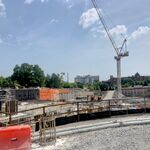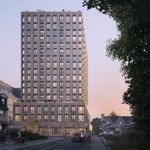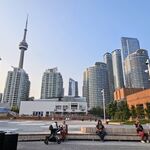allengeorge
Senior Member
I really dislike these piecemeal right turn on red provisions - it should be all across the city. And I say this as someone who was fined for turning right on a red at an intersection where it was prohibited way, way back in the day.




